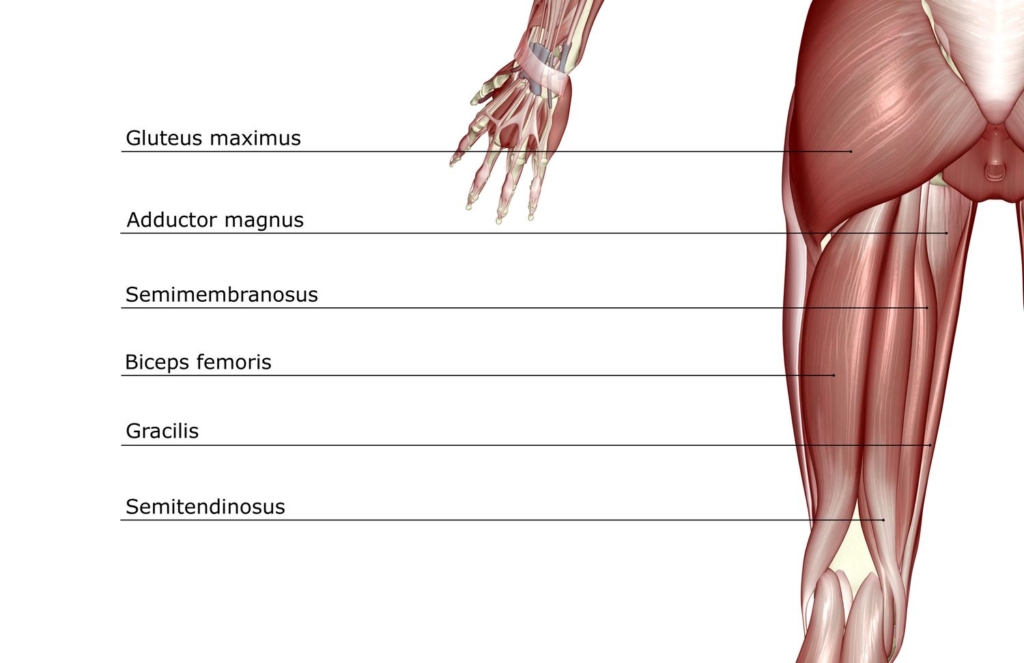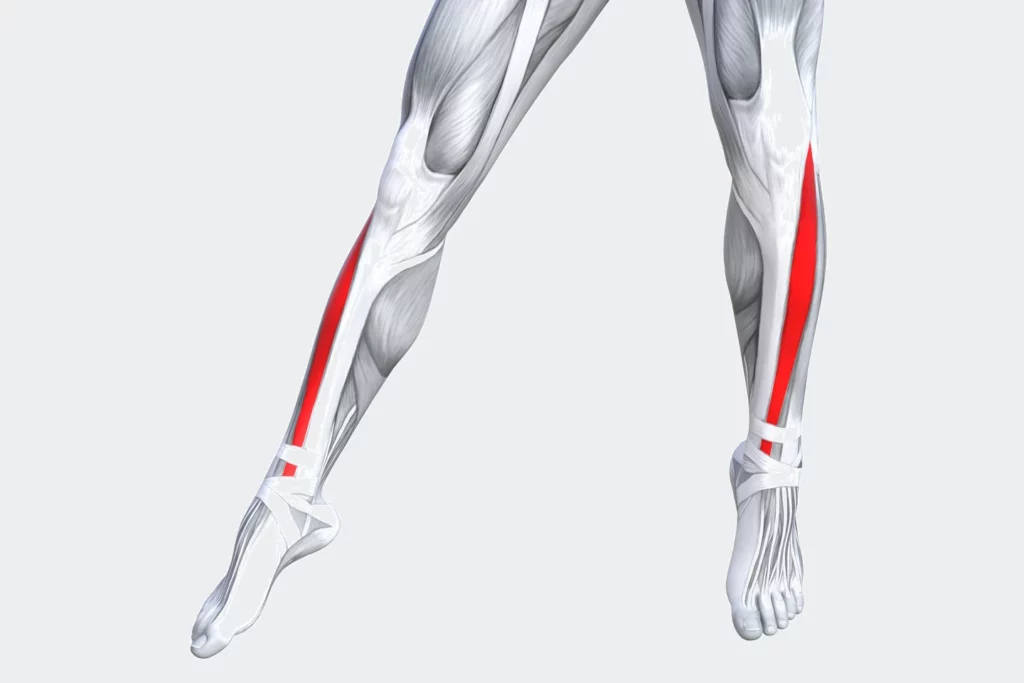A Guide on What Muscles Does Cycling Work the Most
If you’ve ever marveled at the impressive physiques of pro cyclists with their toned legs and lean upper bodies, you might wonder which muscles are actually responsible for powering their bikes. It turns out that the legs play a crucial role in cycling, and there’s more complexity to it than you might have thought. Let’s explore the key muscle groups that come into play and how they contribute to this fantastic sport.
1. Quadriceps

The quadriceps, located at the front of your thighs, are among the largest and strongest muscles in your body. When you push down on the pedal during the cycling downstroke, these muscles do the heavy lifting. The quadriceps are not a single entity; they consist of several muscles, including the Vastus Medialis, Rectus Femoris, Vastus Intermedius, and Vastus Lateralis. Together, they form a powerful force to drive the pedal stroke.
2. Hamstrings

On the flipside, or rather the underside of your thighs, are the hamstrings. These muscles work in tandem with the quadriceps during each pedal stroke, flexing and relaxing to move your legs. As you pedal, the hamstrings contribute to hip and knee flexion, making them essential players in the cycling motion.
3.Gluteus

The glutes, comprising the Gluteus Maximus, Gluteus Medius, and Gluteus Minimus, are a star among muscle groups. The Gluteus Maximus is the largest muscle in the body and plays a crucial role in hip flexion, generating significant force during cycling. The other glute muscles work on hip abduction and stability, further supporting your pedal strokes.
4. Calf Muscles

The calf muscles, including the gastrocnemius and soleus, work on dorsiflexion and plantarflexion during the pedal stroke. They come into play when you point your toes up or down during different phases of the cycle. The repetitive use of these muscles in cycling leads to defined and toned calf muscles.
5. Tibialis Anterior

The Tibialis Anterior, located along the front of the shin, is a crucial muscle that contributes to ankle plantarflexion during the upward phase of the pedal stroke. While not as visibly prominent as other leg muscles, it still plays an important role in cycling.
Digging Deeper
Cycling requires a combination of concentric muscle contractions (force production during muscle shortening) and isometric contractions (holding muscles in place while producing force). The shoulders, trunk, back, and arms also come into play for stability and maintaining position. Breathing muscles, including those around the ribs and diaphragm, are also essential during intense rides.
Optimizing Muscular Function in Cycling
Regular cycling can lead to increased muscle tone and strength, especially in the prime movers like the quads, hamstrings, glutes, and calves. Incorporating resistance training can further enhance strength and power. While cycling primarily works the legs, cross-training and some strength and conditioning exercises can improve overall muscular function and performance.
Conclusion
Cycling engages a range of muscles, making it an excellent full-body workout. From the powerful quads to the glute muscles and the stabilizing core, every pedal stroke activates various muscle groups. Embrace the power of cycling, and you’ll not only strengthen your legs but also enjoy a host of health benefits while exploring the world on two wheels. So, get on your bike and start pedaling toward a fitter and stronger you!
